Jazz music flows through American culture far beyond the streets of New Orleans, with vibrant scenes that have developed distinctive sounds and local traditions. From intimate basement clubs to grand concert halls, these venues and cities offer authentic jazz experiences that showcase regional variations and continuing innovation.
While the Crescent City rightfully claims jazz as its birth child, the music has taken root in diverse communities across the nation, each adding their voice to the conversation. Here’s a list of 14 exceptional places to experience live jazz beyond the borders of Louisiana, where the music continues to evolve in exciting directions.
The Village Vanguard (New York City)
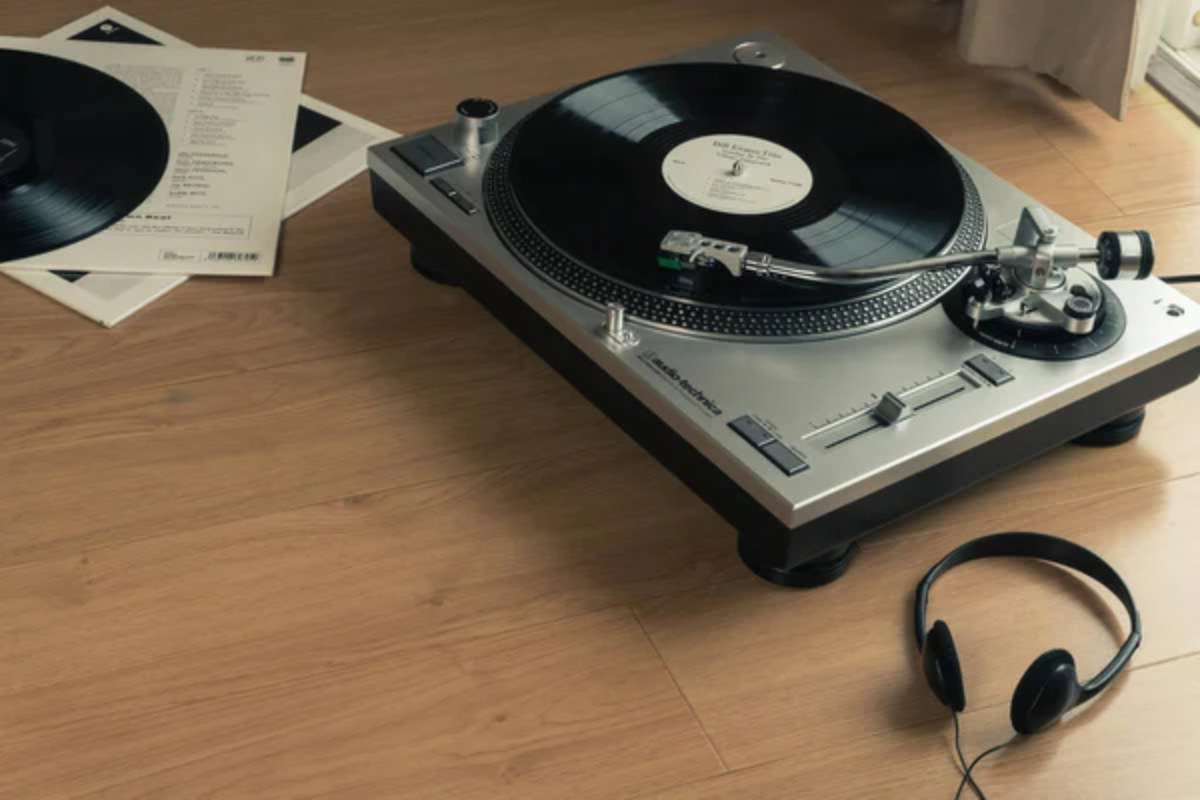
This basement club in Greenwich Village has hosted jazz legends since 1935, maintaining an atmosphere so authentic that simply descending the stairs transports you into the heart of jazz history. The triangular room’s acoustics are practically perfect, and the intimate setting—just 178 seats—means every performance feels like a private concert.
The Vanguard’s booking philosophy focuses on artistic integrity over commercial appeal, resulting in performances that push boundaries while honoring tradition. Many of jazz’s most celebrated live recordings were captured here, and Monday nights still feature the Vanguard Jazz Orchestra carrying on the big band tradition that helped establish the venue’s reputation.
Green Mill Cocktail Lounge (Chicago)
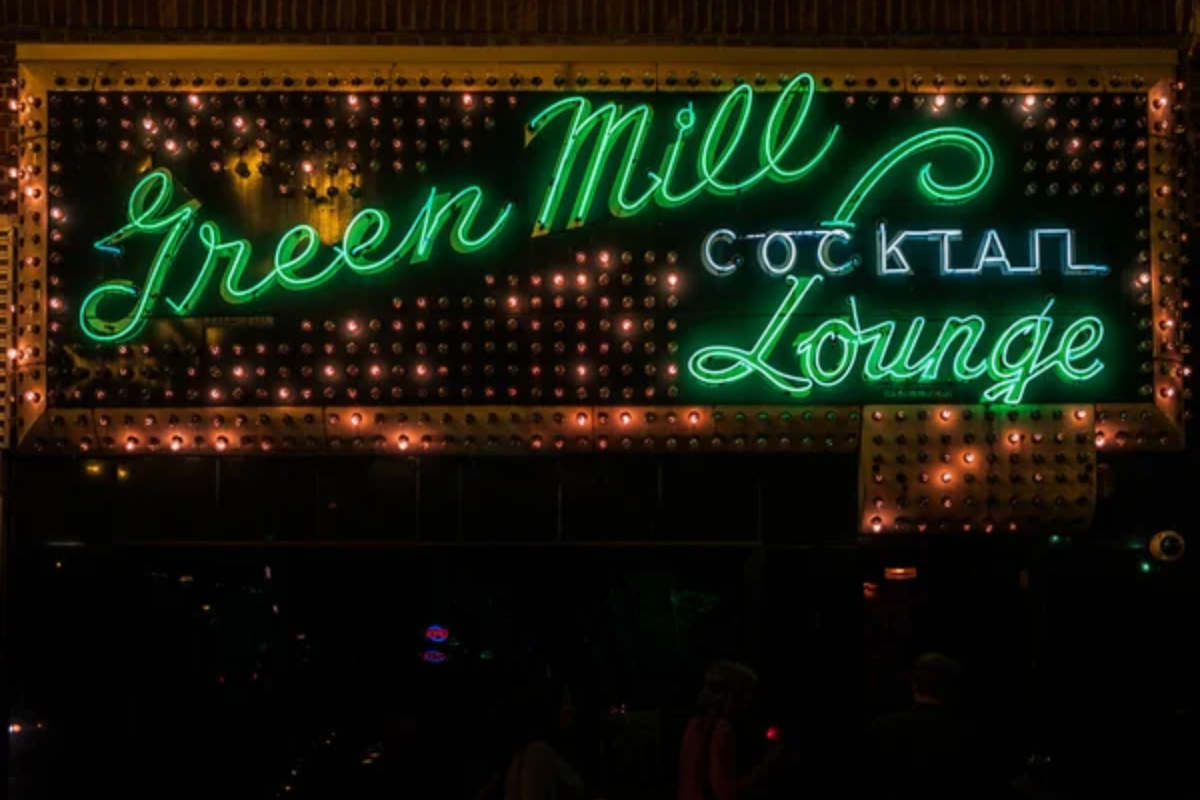
Chicago’s Green Mill maintains the speakeasy atmosphere it cultivated during Prohibition when Al Capone reportedly frequented this uptown establishment that still operates in its original 1907 location. The club’s curved bar, intimate booths, and vintage details create an environment where jazz feels completely natural—this is where the music belongs.
The Green Mill books both established artists and emerging talent, with Sunday night poetry slams adding a contemporary edge to the venue’s rich performance tradition. The acoustics in this narrow room allow for the kind of musical conversations between performers and the audience that make jazz so compelling as a live art form.
Like Travel Pug’s content? Follow us on MSN.
Preservation Hall (New Orleans)
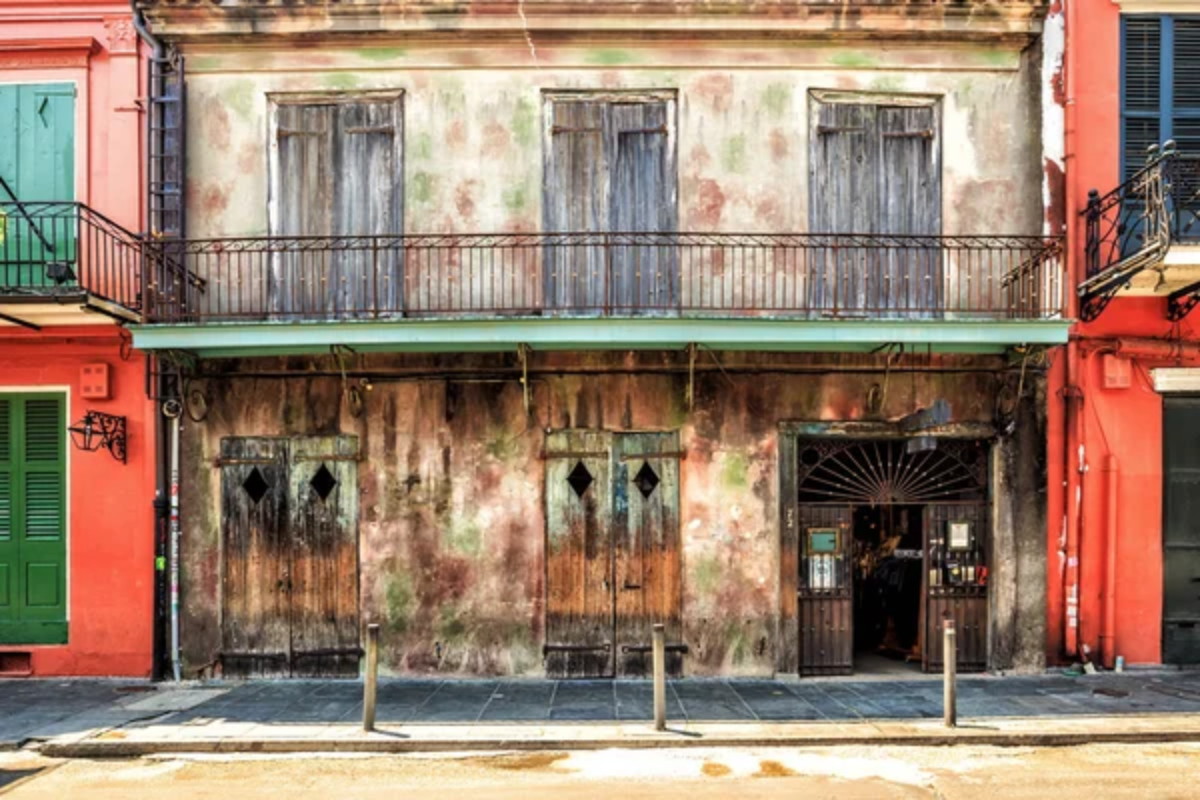
Wait—this is supposed to be outside New Orleans, but Preservation Hall deserves mention because it represents the gold standard against which all other jazz venues measure themselves. The Hall’s commitment to traditional New Orleans jazz and its intimate, no-frills environment has influenced countless venues across the country.
Its approach—focusing entirely on the music without distractions—has been copied everywhere from Portland, Maine, to Portland, Oregon. Preservation Hall reminds us what jazz venues outside New Orleans are attempting to capture: that immediate connection between musicians and audience that makes each performance unique.
Scullers Jazz Club (Boston)
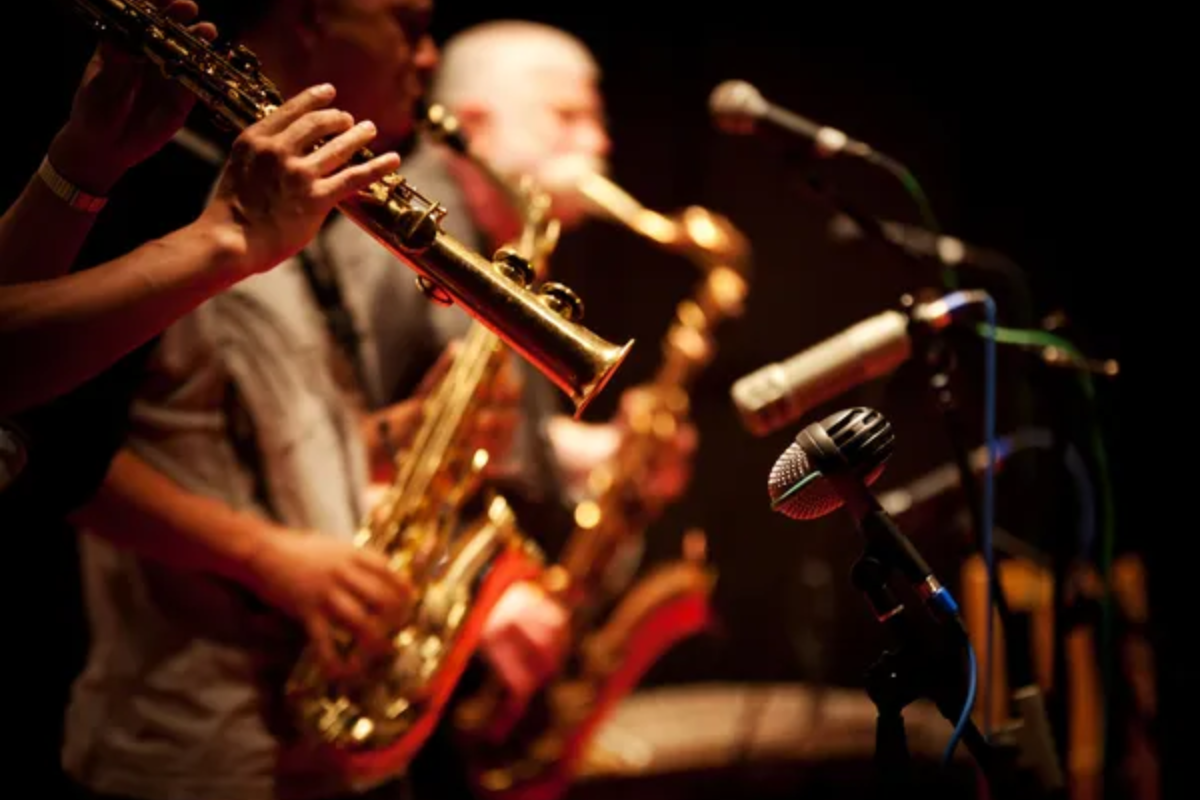
Perched along the Charles River in the DoubleTree Guest Suites Boston, Scullers combines water views with world-class jazz programming in an intimate 200-seat room that’s hosted everyone from Diana Krall to Wynton Marsalis. The club’s commitment to acoustic excellence shows in every detail, from the carefully designed sound system to the room’s proportions that ensure every seat offers both visual and auditory intimacy.
Scullers book approximately 100 performances annually, focusing on artists who push jazz forward while respecting its foundations. The venue’s elegant atmosphere attracts serious listeners who appreciate jazz as an art form deserving of focused attention.
Jardine’s (Kansas City)
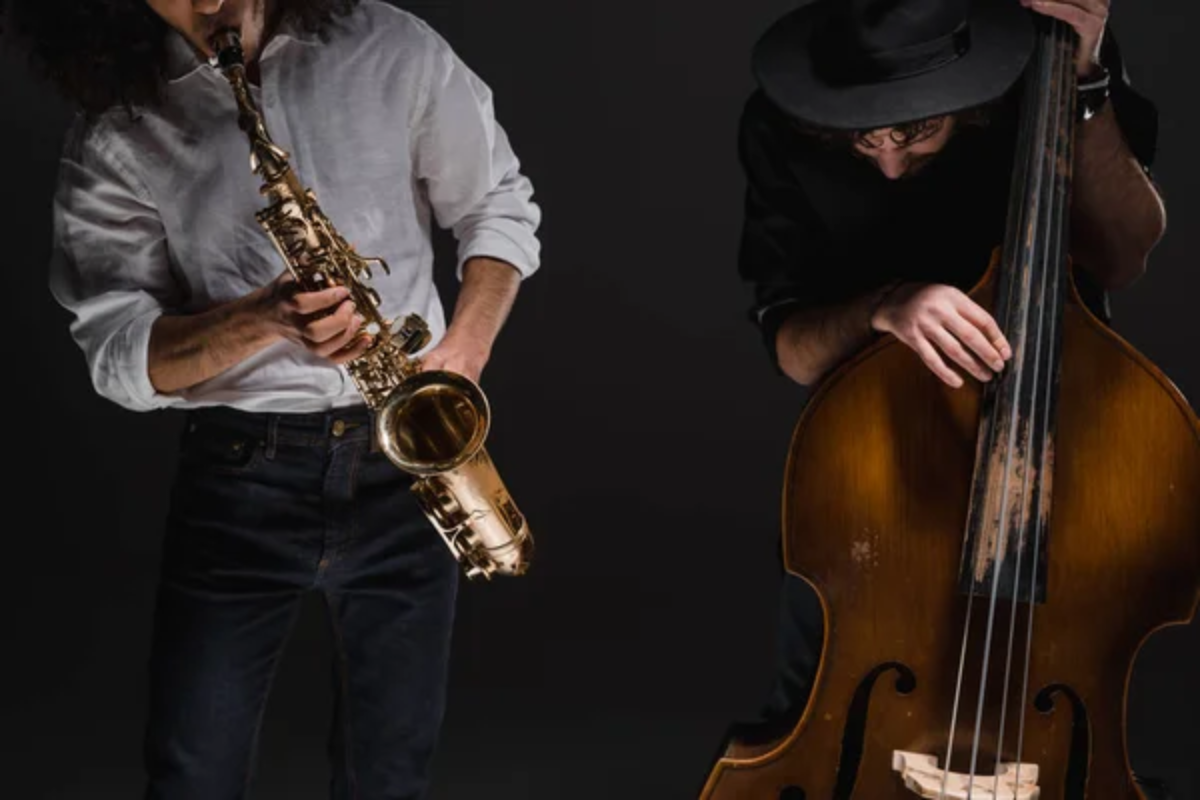
Located in Kansas City’s jazz district, Jardine’s occupies a 1920s building that breathes the history of a city central to jazz development during its golden age. The venue features live music seven nights a week, maintaining Kansas City’s tradition of treating jazz as an integral part of daily life rather than just special occasion entertainment.
Jardine’s books feature both local musicians carrying on KC’s jazz legacy and touring artists who understand the city’s importance to the music’s evolution. The club’s dinner-and-music format creates a relaxed environment where conversation flows between sets and musicians often mingle with audiences.
Like Travel Pug’s content? Follow us on MSN.
The Dakota (Minneapolis)
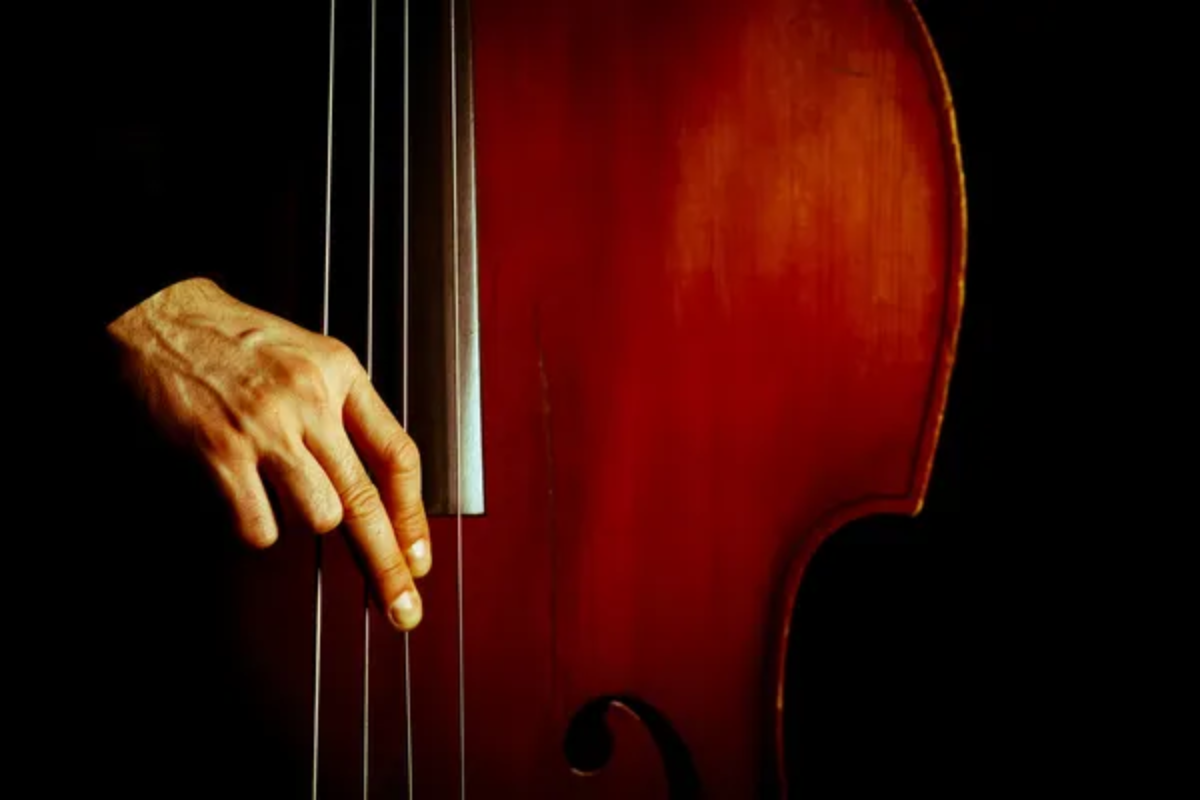
This upscale venue in downtown Minneapolis has established itself as the Upper Midwest’s premier jazz destination, combining excellent food with programming that ranges from mainstream jazz to contemporary fusion. The Dakota’s 250-seat main room provides ideal sightlines and acoustics, while the menu reflects the same attention to quality as the musical lineup.
The venue’s booking policy embraces jazz’s diversity, presenting everyone from straight-ahead traditionalists to genre-bending experimentalists. Minnesota’s strong arts community supports Dakota’s mission, creating audiences that appreciate both established stars and emerging artists pushing jazz into new territory.
Nighttown (Cleveland)
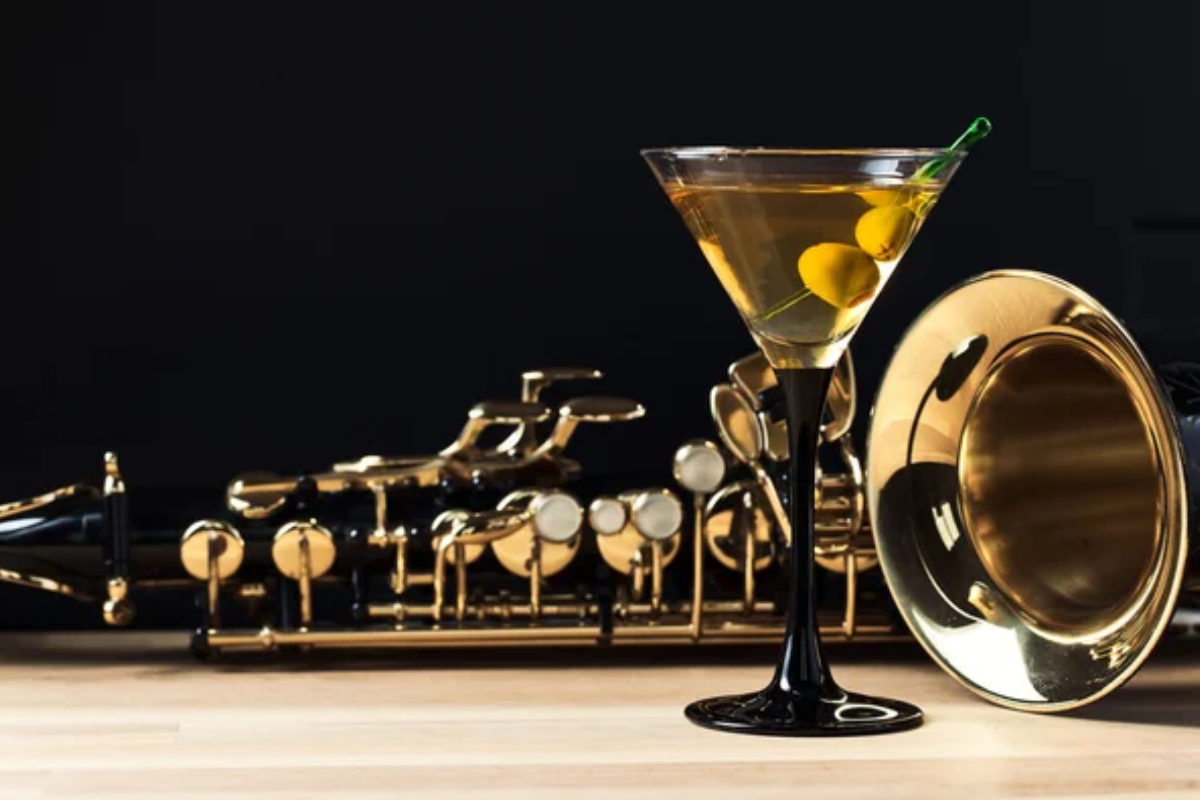
Cleveland’s Nighttown has been presenting jazz perfomances in a converted church building since 1965, creating an atmosphere that feels both sacred and intimate thanks to the venue’s original architecture. The main room’s vaulted ceilings and stained-glass windows provide visual drama that complements the musical performances, while excellent sight lines ensure every table offers a good view.
Nighttown books approximately 150 jazz performances annually, with Monday night jam sessions that have launched many local careers. The venue’s longevity stems from its commitment to presenting jazz as serious art while maintaining the accessibility that keeps audiences engaged and entertained.
Dimitriou’s Jazz Alley (Seattle)
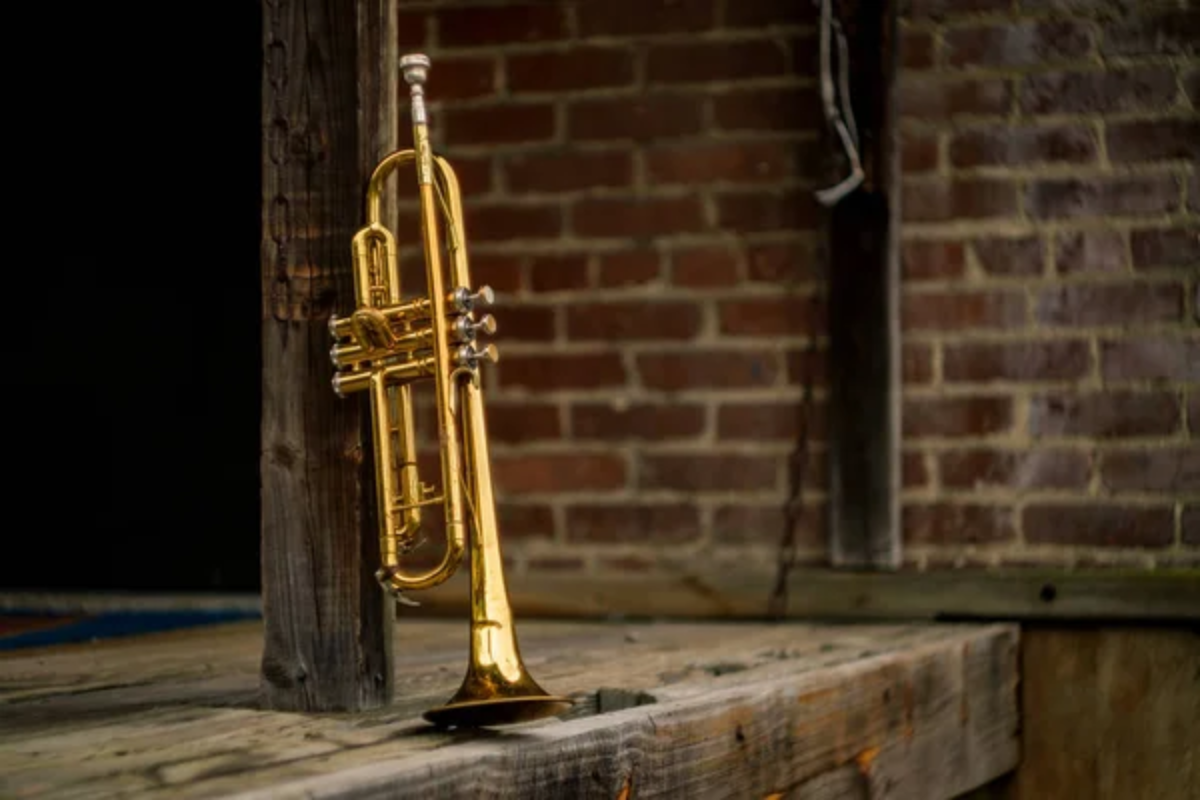
Seattle’s premier jazz venue operates in a converted warehouse space that combines the intimacy of a club with the technical capabilities of a concert hall, hosting around 350 performances annually across all jazz subgenres. Jazz Alley’s booking philosophy embraces jazz’s evolution, presenting classic interpreters alongside artists incorporating elements from world music, rock, and electronic soundscapes.
The venue’s dinner-and-show format creates an evening-long experience that attracts both serious jazz fans and curious newcomers. Seattle’s vibrant music scene supports Jazz Alley’s programming, providing audiences open to the genre’s continuing evolution.
Like Travel Pug’s content? Follow us on MSN.
Smalls Jazz Club (New York City)
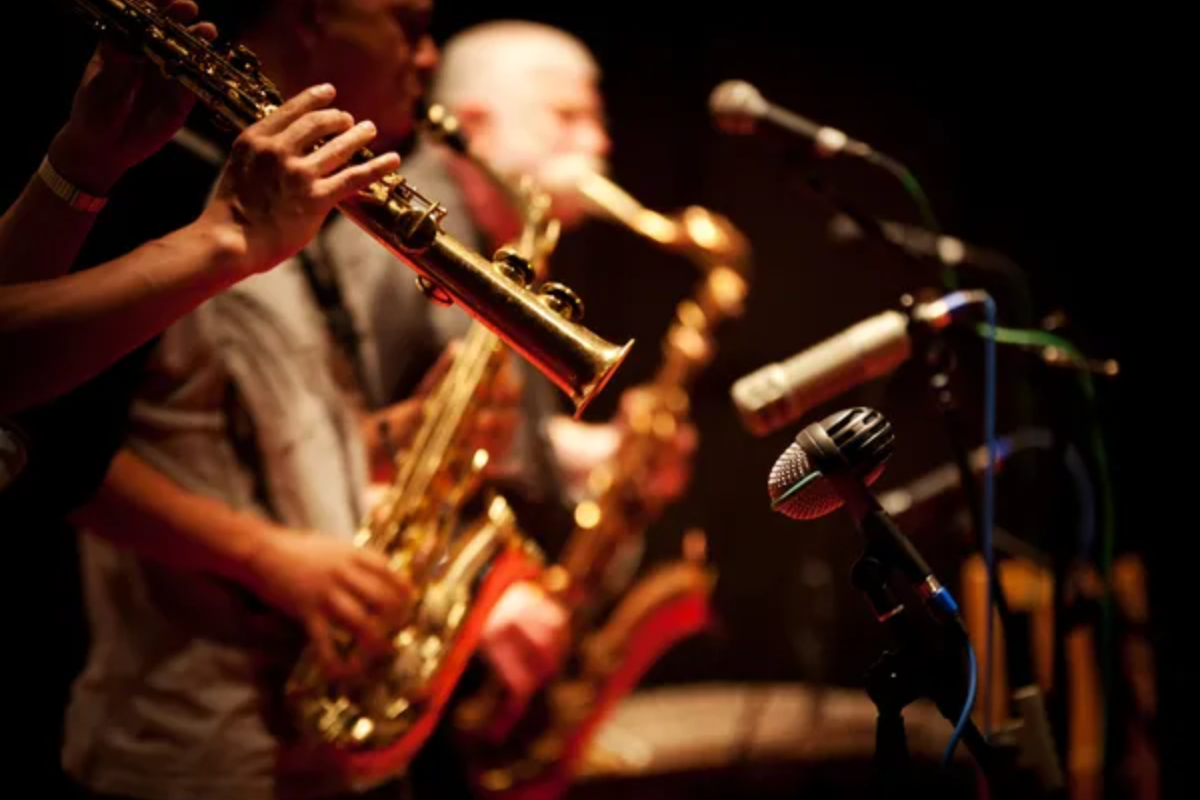
This Greenwich Village basement venue operates with a musician-friendly policy that has made it a favorite hangout for both established and emerging artists, resulting in spontaneous collaborations that capture jazz’s improvisational spirit. Smalls stays open until 4 AM on weekends, maintaining the after-hours tradition essential to jazz culture, where late-night sets often produce the most memorable music.
The club’s bare-bones aesthetic—exposed brick walls, basic seating, minimal decoration—keeps focus entirely on the music while creating an atmosphere where artistic risks feel natural. Many of today’s young jazz stars credit Smalls with providing the kind of developmental opportunities that were once common but have become increasingly rare.
Monterey Jazz Festival (California)
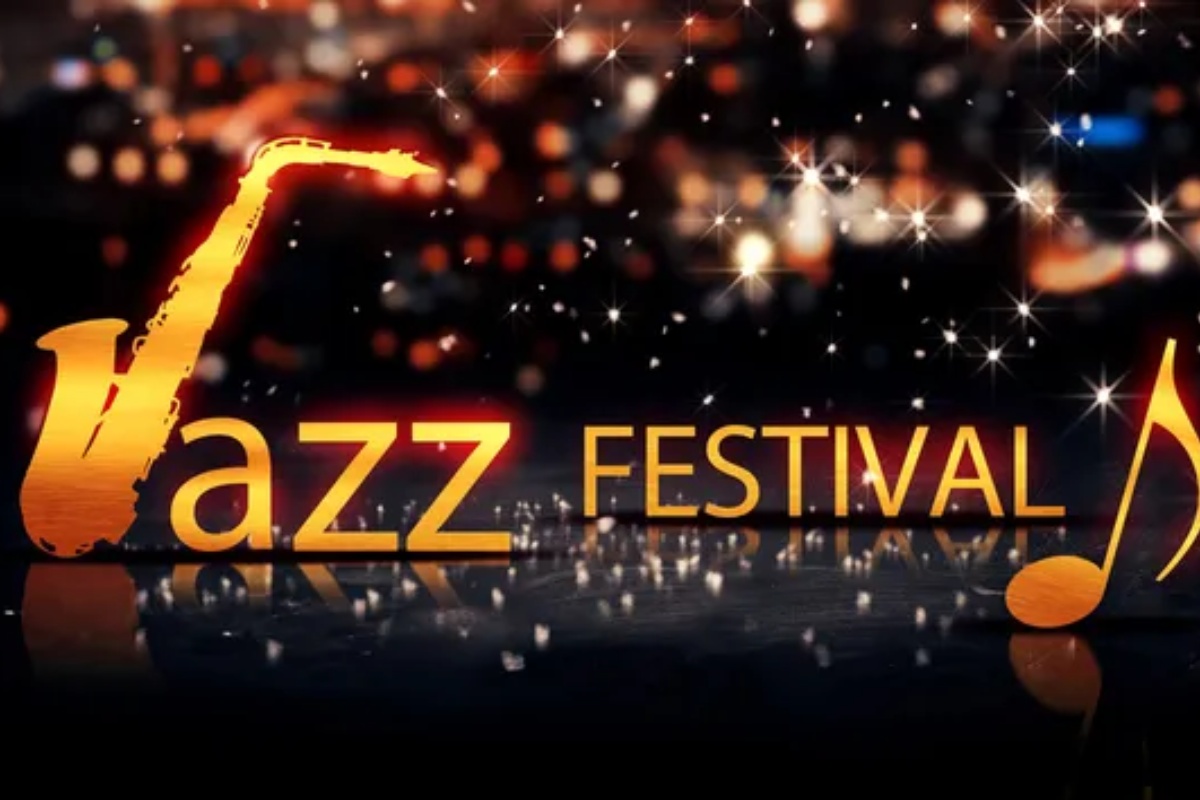
While technically not a year-round venue, the Monterey Jazz Festival represents one of America’s most important annual jazz gatherings, showcasing the music’s diversity across multiple stages during its September weekend run. The festival’s outdoor main stage and intimate club settings provide venues for both renowned headliners and emerging artists, while educational workshops connect younger generations with jazz masters.
Monterey’s approach to programming balances crowd-pleasing favorites with adventurous new directions, creating an environment where jazz’s past and future coexist naturally. The festival’s California setting and relaxed atmosphere encourage the kind of musical exploration that keeps jazz vital and evolving.
The Blue Note (New York City)
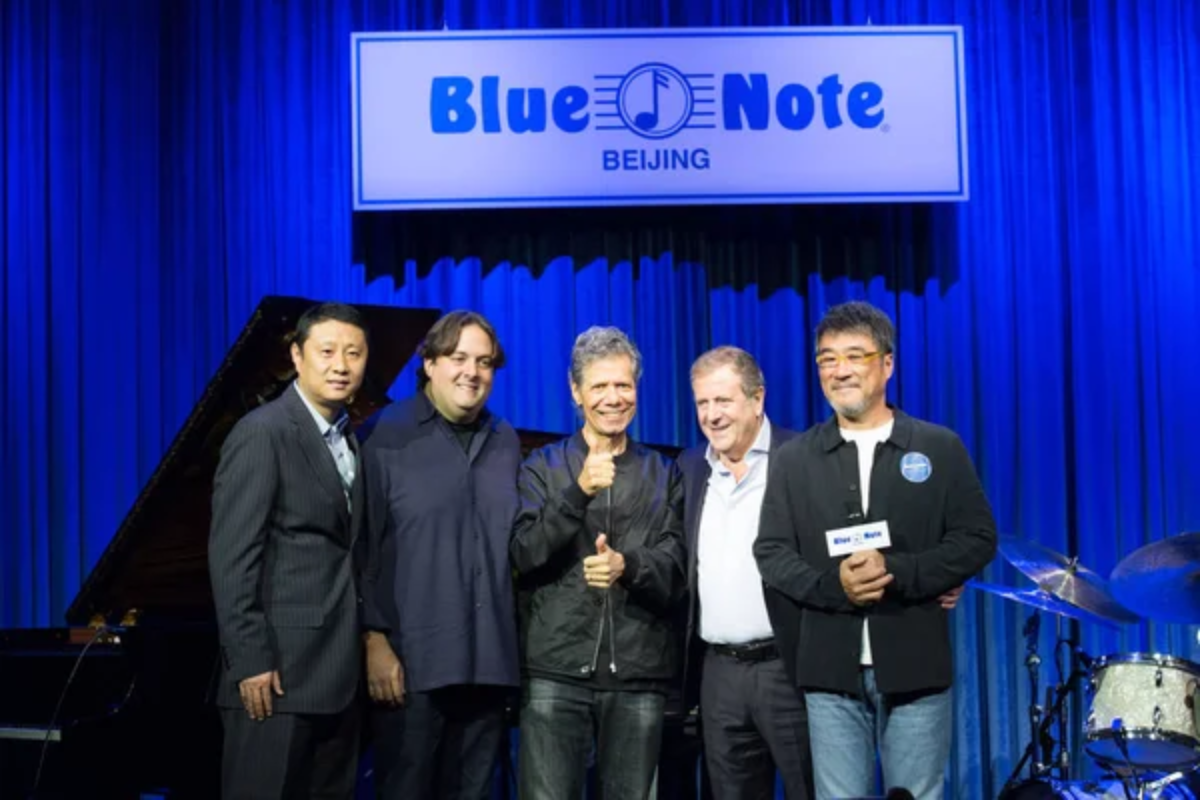
Greenwich Village’s Blue Note has established itself as jazz’s most recognizable brand, presenting multiple sets nightly in an environment where tourists and locals alike can experience world-class performances up close. The venue’s format—typically two shows per night with full dinner service—creates an accessible introduction to jazz while maintaining artistic integrity in its booking choices.
The Blue Note’s recording capabilities have captured numerous live albums, documenting performances that might otherwise exist only in attendees’ memories. Despite its commercial success, the venue continues booking cutting-edge artists alongside established stars, ensuring that its programming reflects jazz’s ongoing evolution.
Like Travel Pug’s content? Follow us on MSN.
Jazz at Lincoln Center (New York City)
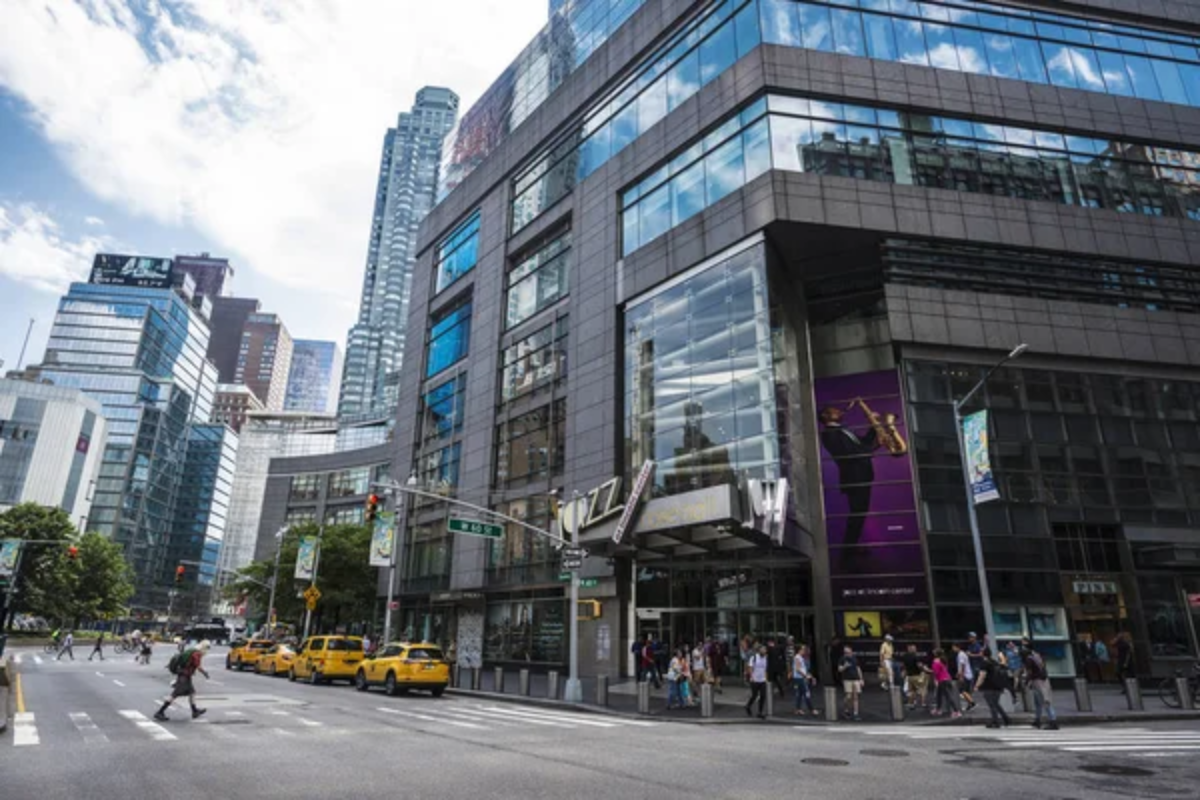
The Frederick P. Rose Hall complex represents jazz’s arrival as a fully recognized art form, offering concert hall acoustics specifically designed for jazz performance along with educational programs that ensure the music’s continued development. The venue’s three performance spaces accommodate everything from intimate small group concerts to full orchestra presentations while programming that ranges from historical recreations to world premieres.
Jazz at Lincoln Center’s commitment to education through performance makes each concert an opportunity to understand jazz’s continuing evolution. The venue’s Manhattan location and first-class facilities attract international artists while serving as a model for other cities developing their jazz programming.
Anthology (San Diego)
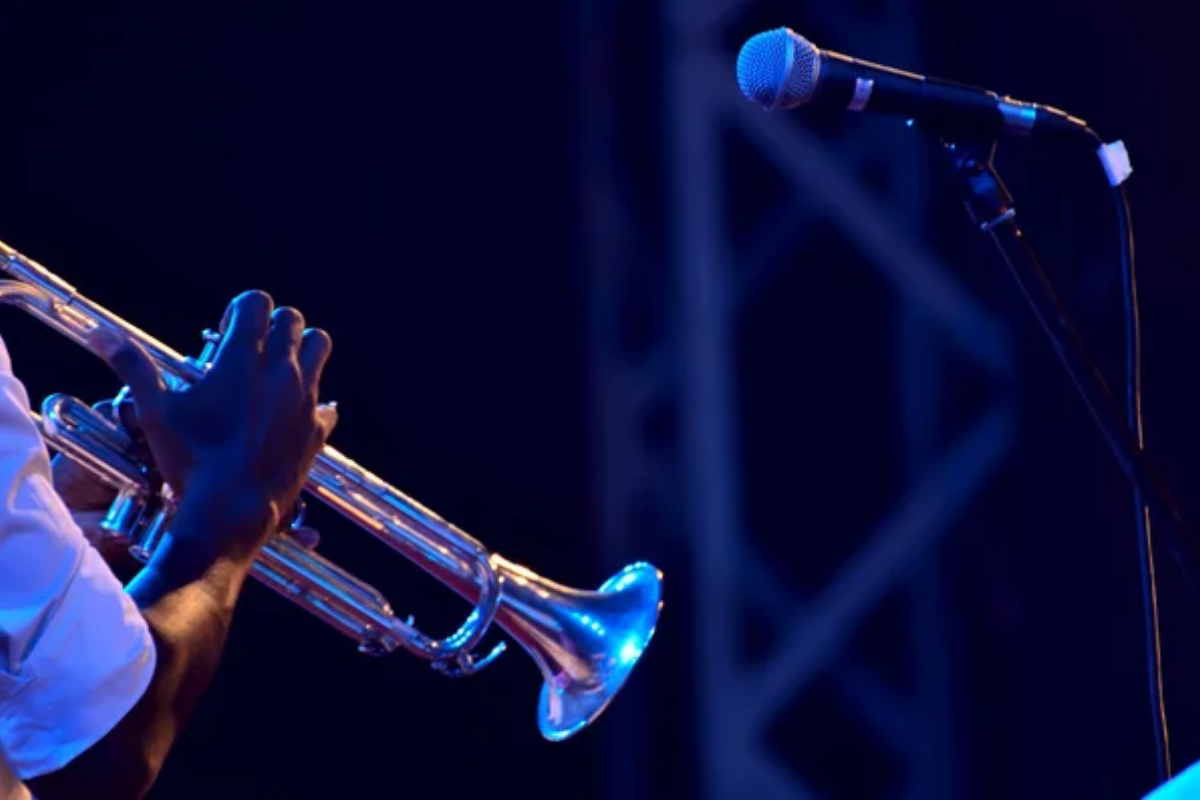
This Little Italy venue combines jazz programming with fine dining and visual arts, creating a cultural experience that approaches jazz as one element in a broader artistic conversation. Anthology’s performance space features state-of-the-art sound and lighting systems that enhance rather than overwhelm the musical experience while rotating art exhibitions provide visual context for the evening’s entertainment.
The venue books artists across jazz’s spectrum while maintaining production values that honor the music’s sophistication. San Diego’s arts community supports Anthology’s integrated approach, creating audiences that appreciate the connections between different art forms.
SF Jazz Center (San Francisco)
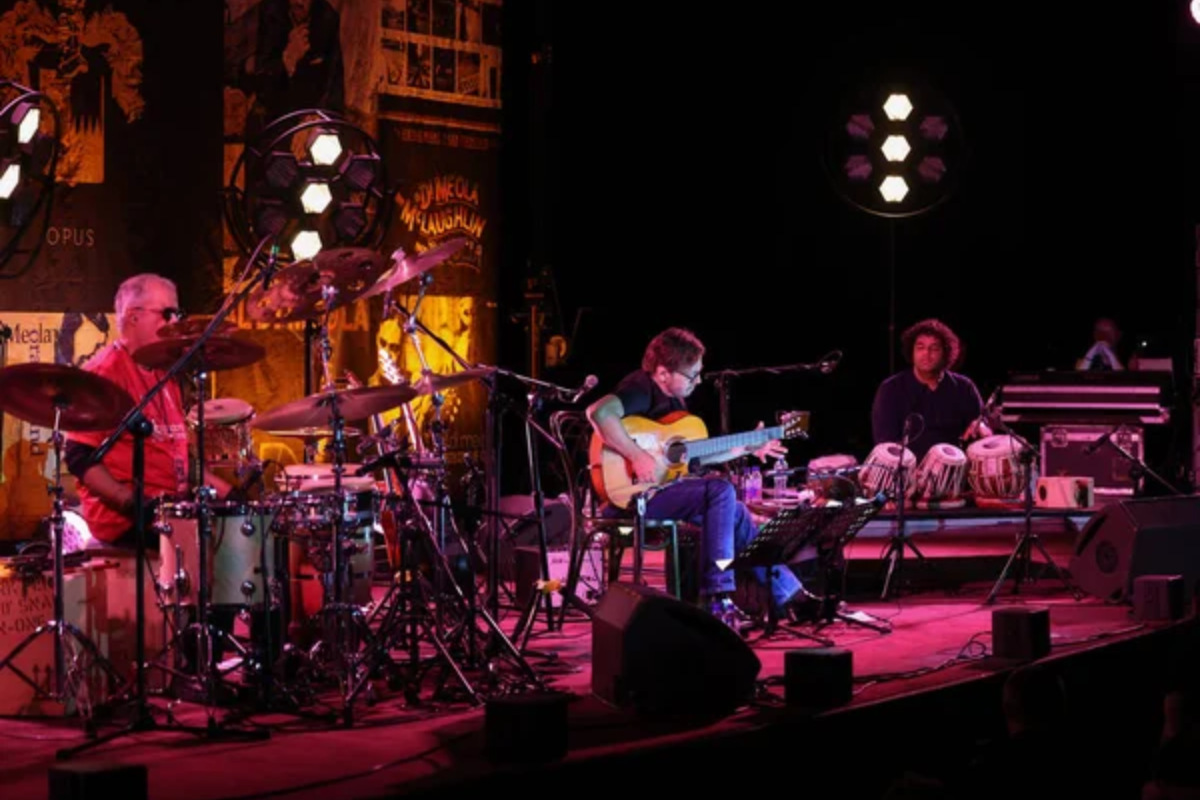
San Francisco’s purpose-built jazz center opened in 2013 as the first standalone building in America designed specifically for jazz performance and education, featuring acoustics that make every seat in the house sound like the best in the house. The center’s programming philosophy embraces jazz’s global reach, presenting artists who draw from diverse cultural traditions while advancing the music’s core principles.
SF Jazz’s resident organizations include both traditional ensembles and experimental groups, ensuring that programming reflects jazz’s full spectrum. The center’s educational initiatives connect established artists with younger generations, fostering the mentoring relationships essential to jazz’s continued vitality.
Like Travel Pug’s content? Follow us on MSN.
Where Jazz Lives Now
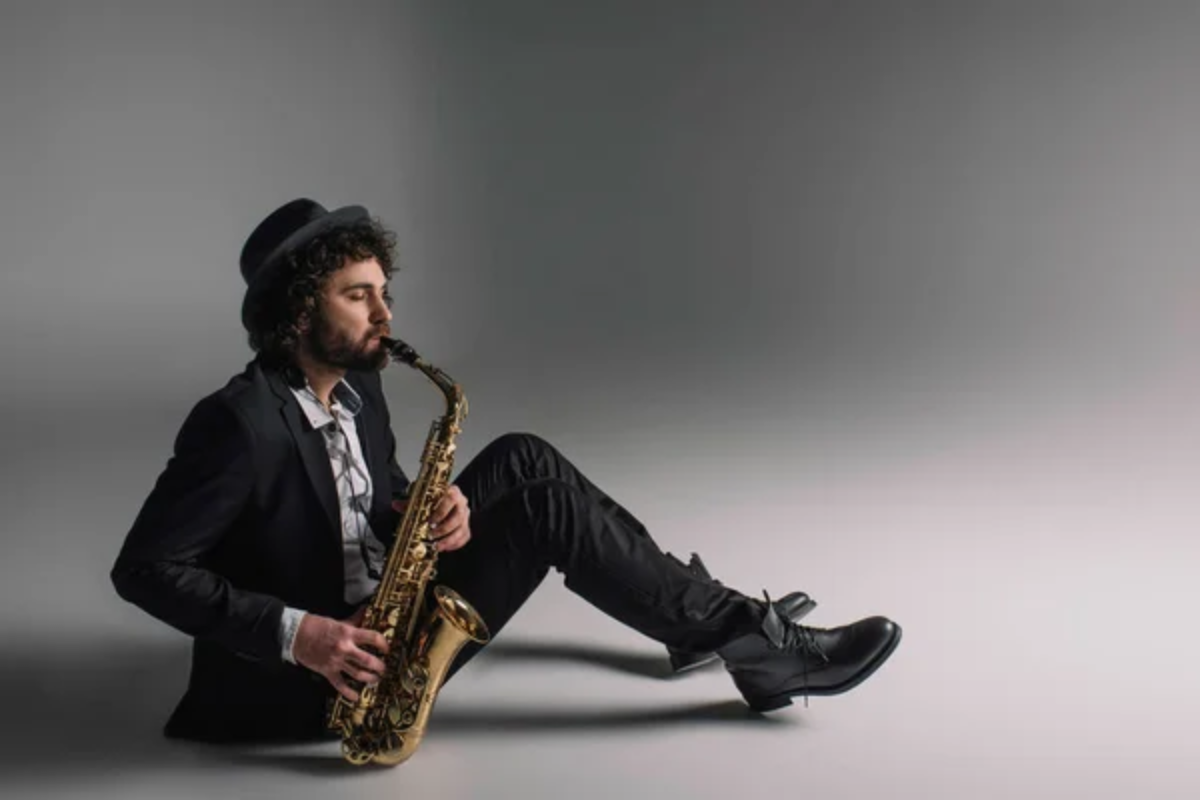
These venues prove that jazz continues to thrive wherever communities value artistic excellence and cultural authenticity. From basement clubs maintaining a speakeasy atmosphere to purpose-built concert halls designed around acoustic perfection, each space contributes to jazz’s ongoing story.
The music’s ability to adapt to different environments while maintaining its essential character shows how these venues have shaped their local scenes. The best jazz venues—whether in New Orleans or beyond—share common traits: respect for the music’s history, commitment to artistic quality, and recognition that jazz is a living art form that evolves through performance.
These places remind us that while New Orleans gave birth to jazz, the music has found homes wherever people understand that the magic happens at the moment when musicians and audiences connect over something that can’t be captured any other way than live.
More from Travel Pug

- Cities Growing so Fast You Won’t Recognize Them in 10 Years
- 13 Destinations Where Tourists Regularly Regret Their Trip
- 16 U.S. Cities That Are Quietly Becoming Travel Hotspots
- Where to Travel If You Love Long Bus Rides and Daydreams
- 20 Cities Perfect for Solo Travelers Who Crave Adventure & Culture
Like Travel Pug’s content? Follow us on MSN.
